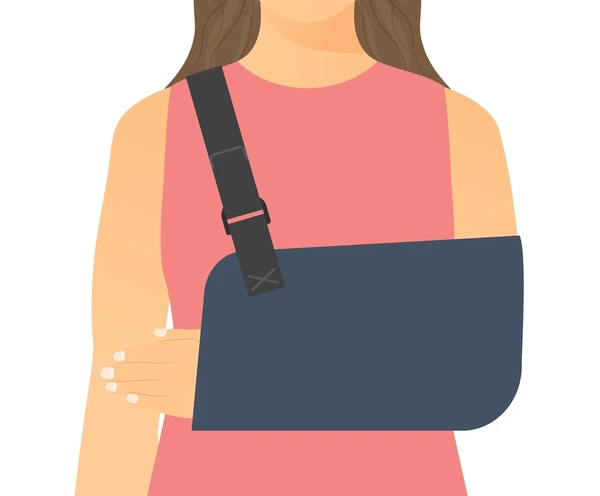Like any surgery, post-operative pain control is a component of total shoulder arthroplasty (TSA). This has become increasingly important in with the move toward outpatient TSA. An interscalene nerve block (ISB) has been a common approach for obtaining post-operative pain control but carries the risk, albeit small, of nerve injury and is associated with rebound pain. Liposomal bupivacaine (LB) has recently been become available and has the reported advantage of an extended half-life for extended pain relief of up to 72 hours.In a recent study published in the Journal of Shoulder and Elbow Surgery, Okoroha and colleagues recently published their experience in a randomized controlled trial of ISB vs. local LB in patients undergoing TSA. Patients in the ISB group had better pain control in the first 8 hours following the procedure, but beyond this timepoint there was no difference in pain between the ISB and LB groups. The authors concluded that LB provides similar pain relief compared to an ISB for TSA. There are several considerations from this well-done study. First, the benefit of an ISB is actually short (first 8-12 hours) but carries risk including nerve injury and is associated with increased cost and time of the procedure. Second, the increased opiod consumption in the ISB group highlights the problem of bounce-back pain that occurs with this procedure. LB appears to be a safe alternative to an ISB for pain management following TSA and LB may be an important part of a multimodal approach as we continue to move toward outpatient TSA while minimizing risk.At our institution, we place a priority on pain control after any shoulder surgery including TSA. We use a multimodal approach to limit pain pathways. This approach has allowed all of our arthroscopic shoulder procedures and many of our total shoulder replacements to be done as a one day surgery.
- Patients take several oral pain meds prior to surgery (acetaminophen, gabapentin, Celebrex, and oxycontin) designed to stop pain pathways from developing.
- They are given the option of either an ISB or local injection at the time of surgery.
- For a patient who is going home the day of surgery, we use LB at the time of injection to provide sustained pain relief.
- Following surgery, patients use ice or a cryotherapy unit (a cheap but effective means of pain control!), take Vitamin C (which may help with pain control), and use narcotics as needed.
With this multimodal approach, most of our patients take very little narcotics and get to avoid the unwanted nausea, addiction, and constipation associated with these medications. As a result, they have an easier time doing rehab and a quicker recovery.
Similar posts



